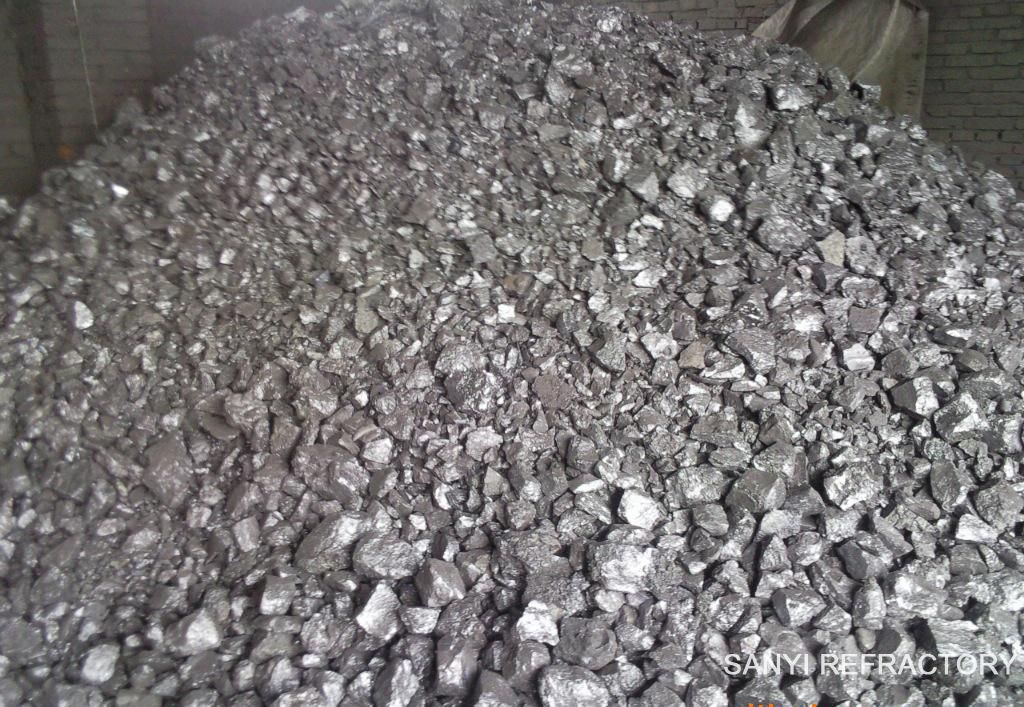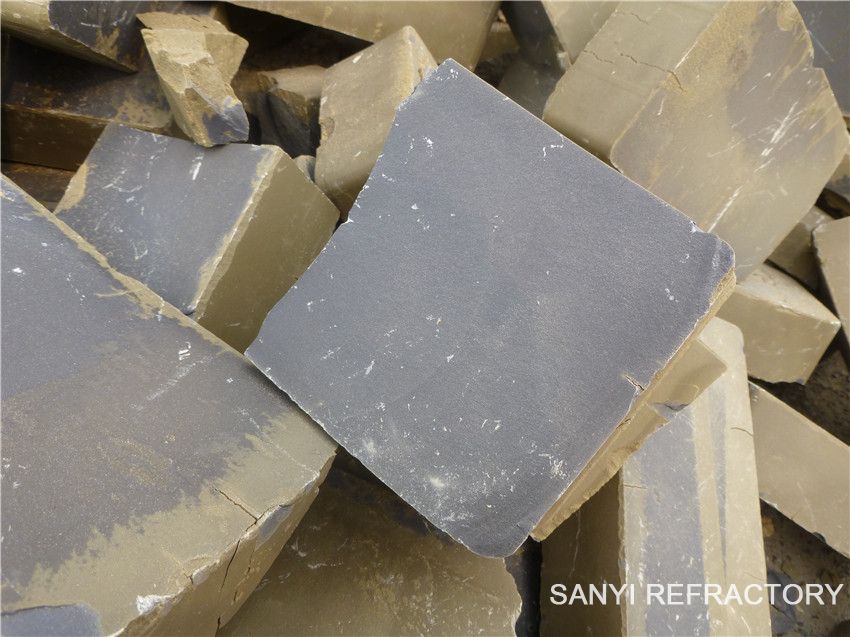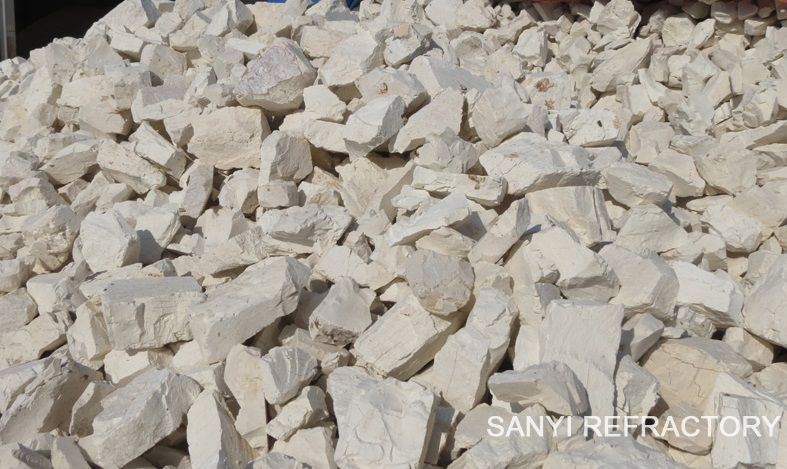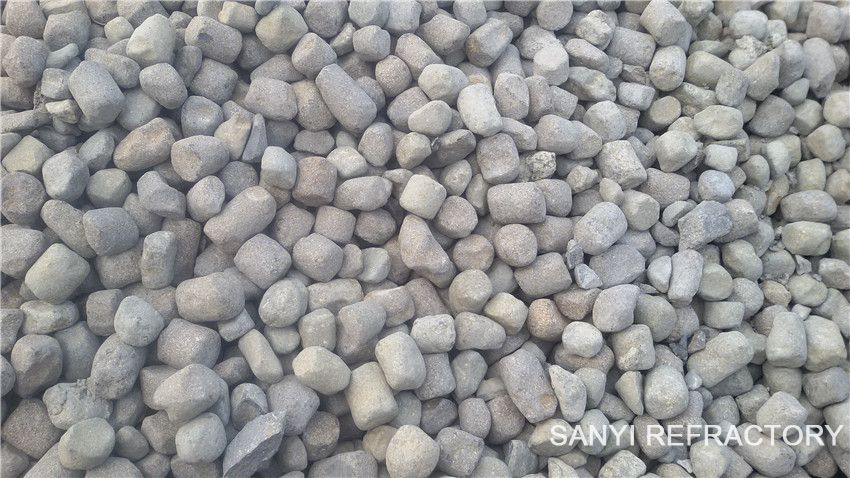- Refractory Raw Materials
Calcined Bauxite Ceramic Foundry Sand Corundum Flint Clay Fluorite Mulite Silica Fume Silicon Carbide Silicon Metal Alpha Alumina Powder Spinel Alumina Bubble Aluminum Powder Bentonite Boron Carbide Ceramic Sand Chromium Oxide Green Cordierite Explosion-proof Fiber Forsterite Fused Silica Graphite High Alumina Cement Kyanite Group Minerals Potassium Feldspar Powdery Instant Sodium Silicate Pure Calcium Aluminate Cement Spherical Asphalt White Clay Zirconite Lignin Synthesis of Ferro Silicon Nitride Homogenized Bauxite
- Refractory Products
- Monolithic Refractories
- Ceramic Fiber Products
- Metallurgical Auxiliary Material
- Industrial Kilns And Parts

FAQ




What are the properties of refractory materials
Time:Sat-06-18 hits:
The characteristics of refractories are: 1. the mechanical properties of special refractories have large modulus of elasticity. Most of them have higher mechanical strength, but compared with metal materials, they have very low impact strength due to brittleness. The vast majority of special refractories have higher hardness, and therefore wear resistance, good resistance to gas flow or dust particles. Most of the special refractories have relatively high temperature creep, and the largest is two molybdenum silicide. The magnitude of creep is related to crystal size, grain boundary material and porosity. 2. thermal properties (1) thermal expansion: thermal expansion refers to the reversible increase or decrease of the material's linearity and volume temperature. It is often represented by the number of linear expansion or the coefficient of volume expansion. The linear expansion coefficients of most special refractory materials are relatively large. Only the fused silica, boron oxide and silicon oxide have relatively small linear expansion coefficient. 3. use property (1) fire resistance: the melting point of special refractory material is almost 2000 degrees above, and the highest hafnium carbide (HfC) and tantalum carbide (TaC) are 3887 and 3877 C. The refractoriness is also very high. In oxidizing atmosphere, the temperature of the oxide is even near the melting point. Nitrides and carbides have higher use temperatures than oxides in neutral or reductive atmospheres, for example, TaC can be used in N2 atmosphere at 3000 degrees C, and BN can be used at 2800 C in the atmosphere of Ar. The high temperature resistance in turn is carbide, boride, nitride and oxide. Their high temperature oxidation resistance is: oxides > borides > nitride > carbides. (2) resistance to thermal shock: in special refractory materials, because of the low thermal conductivity of beryllium oxide, the thermal conductivity of most boride is not high, the coefficient of linear expansion of fused silica is very small, so the thermal shock resistance is very good. Some fiber products and fiber reinforced composite products have higher porosity and tensile strength. These materials have better thermal shock resistance. Silicon carbide, silicon nitride, boron nitride and molybdenum silicide two also have better thermal shock resistance. 4. electrical properties of most high melting point oxides, of which thorium oxide (ThO2) and stabilized zirconia (ZrO2) are conductive at high temperature. See Table 3; the resistance of carbides and borides is very small; some nitrogen compounds are good conductors of electricity and some are typical insulators. For example, TiN has the electrical conductivity of metals (rho 30 x 10-6 Ohm), while BN is an insulator (rho 1018 Ohm). All silicides are good conductors of electricity.















